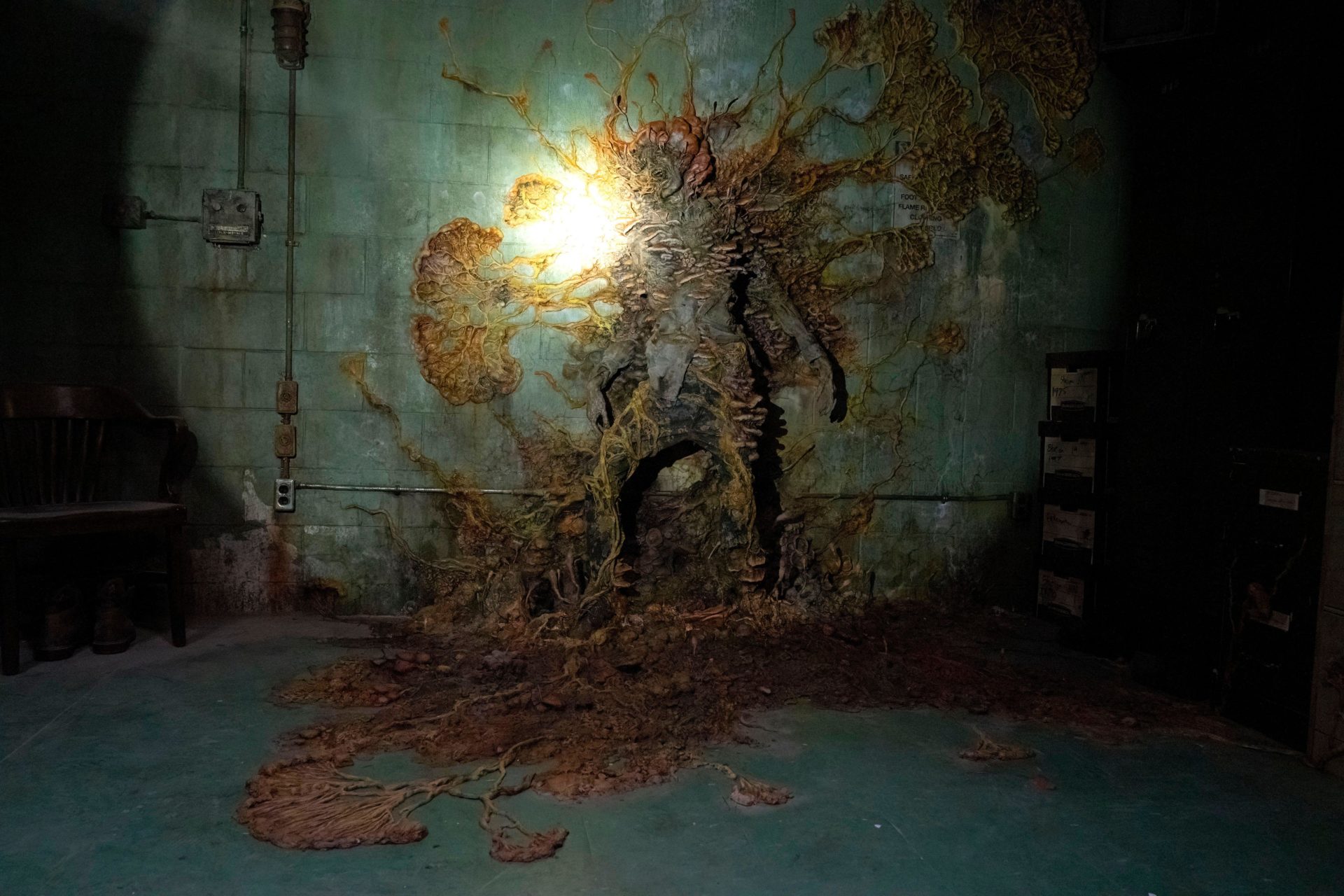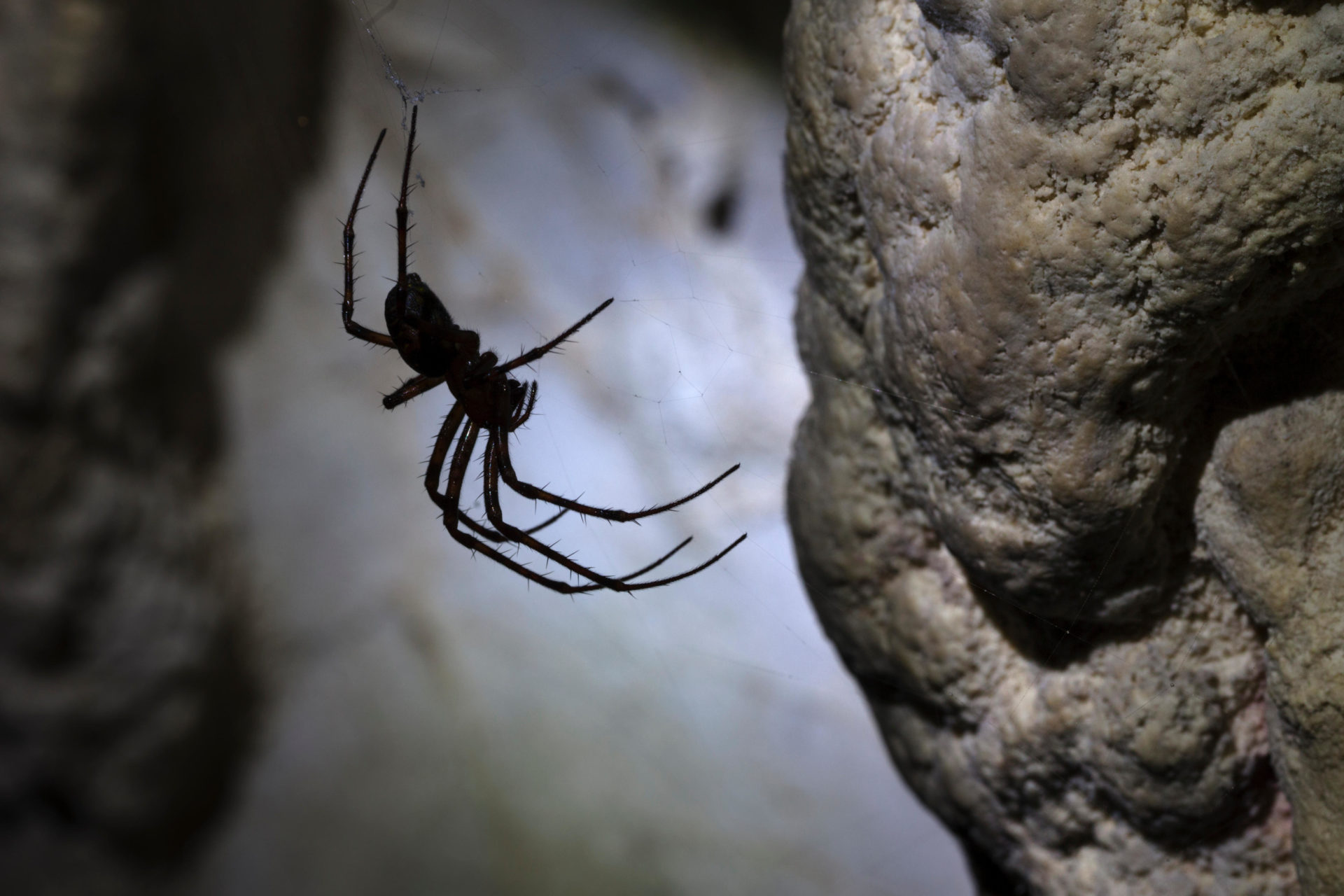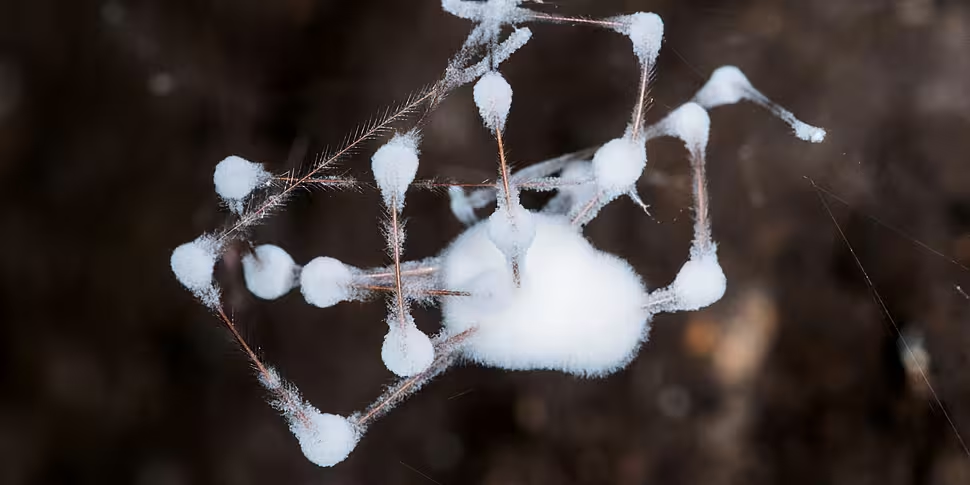Fungus infected ‘zombie’ spiders have been found in Ireland.
You might be familiar with the TV show The Last of Us, where people turn into vicious zombies after being infected by a fungus.
These sci-fi monster seems to have now entered the real world, as spiders infected with a new strain of fungus were recently found in Northern Ireland.
 THE LAST OF US (2023), directed by Liza Johnson, Craig Mazin and Neil Druckmann. Credit: PlayStation Productions / Sony Pictures Television / Album
THE LAST OF US (2023), directed by Liza Johnson, Craig Mazin and Neil Druckmann. Credit: PlayStation Productions / Sony Pictures Television / AlbumZoologist at the School of Natural Sciences at the University of Galway Doctor Michel Dugon told Moncrieff that this fungus is a part of a fungi family that often take control of bugs.
“So usually those fungi will actually control the organism and bring it somewhere high up - on a ceiling, on a roof, on the top of a tree,” he said.
“Then over there, it will force the animal to just really bite into the substrate.
“So, it forces the jaws to lock into the rock, the tree, the leaf or whatever the substrate is.
“Then it kills the host and it blooms, feeds on the organism, released the spores and that gives it a better chance of reproducing and finding new bugs to infect.”
Dr Dugon said that this fungi definitely only affects bugs, not human beings.
 European Cave Spider in limestone cave. Plitvice Lakes National Park, Croatia. Image: Nature Picture Library / Alamy. 19 January 2015
European Cave Spider in limestone cave. Plitvice Lakes National Park, Croatia. Image: Nature Picture Library / Alamy. 19 January 2015The phenomenon was spotted during the filming of a BBC documentary in County Cavan, when cave spiders seen behaving in an unusual manner.
“So, what’s very interesting is that the spider we’re speaking about is the cave spider, and that spider has one particularity – it hates daylight,” said Dr Dugon.
“If you shine a light on that animal, it will actually move away and try hide in a dark corner.
“What was noticed is that there were corpses of those spiders hanging from the ceiling of a cave, and that those corpses were covered with fungi, and they were all at the entrance of the cave, towards the light.
“This would have been extremely unlikely coming from the spider itself, so that triggered the study and then scientists found out that in fact, it is one of those zombie-making fungi that can control the movement and the behaviour of spiders.”
According to Dr Dugon, it is not yet known exactly how the fungus controls the spider's brain.
However, he said that spiders' brains are a lot simpler than human ones and so it is easier for the fungus to penetrate their nervous systems.
Main image: Daddy longlegs spider infected with a fungal pathogen in a cave near Podere Montecucco, Orvieot, Umbria, Italy. Image: Nature Picture Library / Alamy. 16 January 2011









